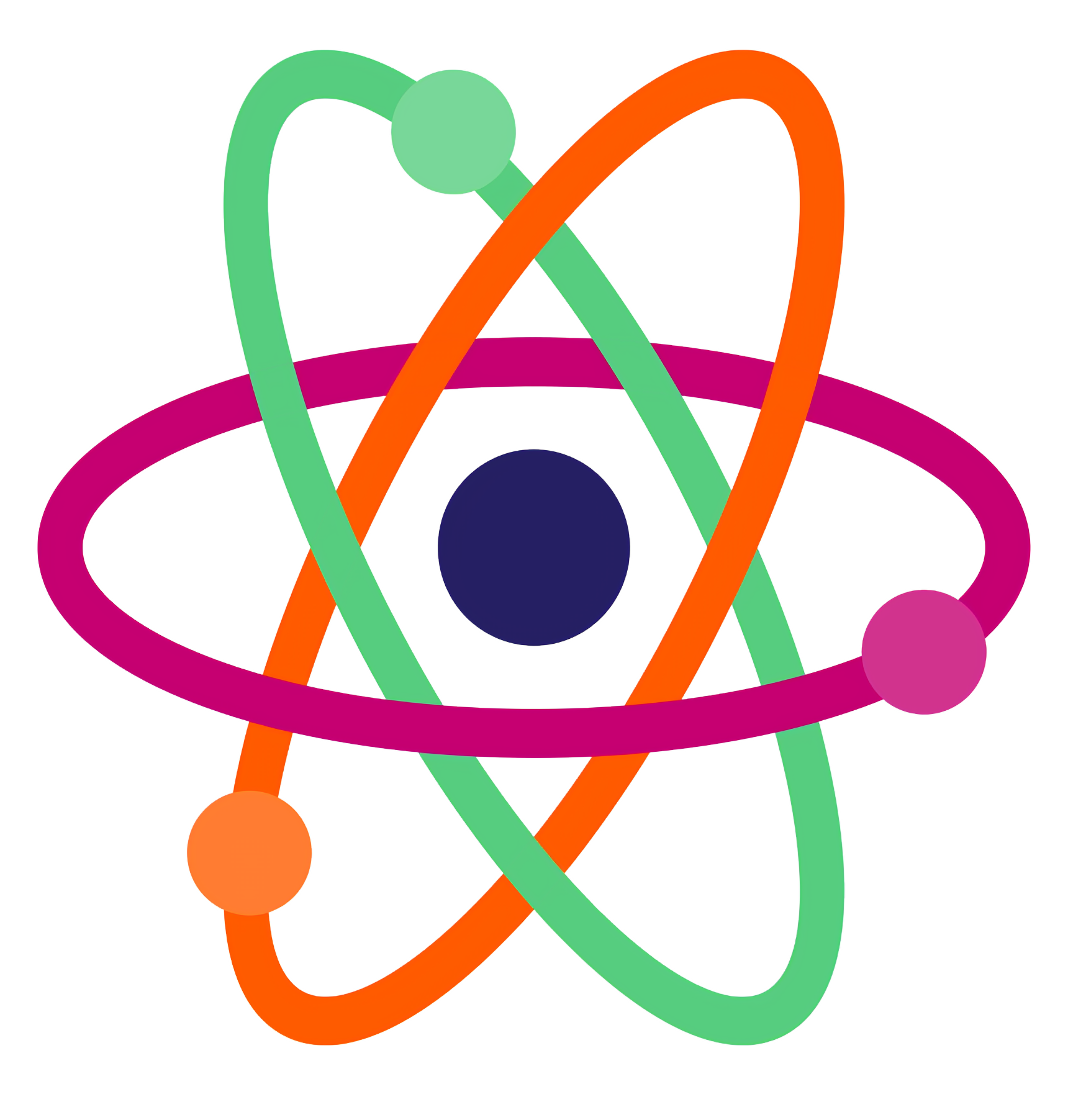Class XI: Physics Syllabus (Units 1–10)
These units lay the foundation in classical mechanics, properties of matter, and thermodynamics.
| Unit | Topic | Key Subtopics |
|---|---|---|
| 1 | Physics and Measurement | Units of measurement; SI units; fundamental and derived units; dimensional analysis; significant figures; errors in measurement; accuracy and precision. |
| 2 | Kinematics | Frame of reference; motion in a straight line and plane; position-time graph; uniform and non-uniform motion; average and instantaneous velocity; scalar and vector quantities; resolution of vectors; projectile motion; uniform circular motion. |
| 3 | Laws of Motion | Newton's laws of motion; momentum and impulse; conservation of linear momentum; equilibrium of concurrent forces; friction (static, kinetic, rolling); dynamics of uniform circular motion. |
| 4 | Work, Energy, and Power | Work done by constant and variable forces; kinetic and potential energy; work-energy theorem; power; conservation of mechanical energy; conservative and non-conservative forces; elastic and inelastic collisions. |
| 5 | Rotational Motion | Moment of inertia; radius of gyration; torque; angular momentum; conservation of angular momentum; moment of inertia for rigid bodies; parallel and perpendicular axes theorems; rotational motion equations. |
| 6 | Gravitation | Universal law of gravitation; acceleration due to gravity; variation with altitude, depth, and latitude; gravitational potential energy; escape velocity; orbital velocity of satellites; Kepler's laws. |
| 7 | Properties of Solids and Liquids | Elastic behavior; stress-strain relationship; Hooke's law; Young's modulus, bulk modulus; pressure in a fluid; Pascal's law; viscosity; Stokes' law; terminal velocity; surface energy and tension; angle of contact; excess pressure; thermal expansion; calorimetry. |
| 8 | Thermodynamics | Thermal equilibrium and temperature; zeroth law; heat, work, internal energy; first law of thermodynamics; isothermal and adiabatic processes; specific heats; second law of thermodynamics; heat engines and refrigerators. |
| 9 | Kinetic Theory of Gases | Equation of state of a perfect gas; kinetic theory assumptions; concept of pressure; kinetic energy and temperature; degrees of freedom; law of equipartition of energy; mean free path; Avogadro's number. |
| 10 | Oscillations and Waves | Periodic motion; simple harmonic motion (SHM); energy in SHM; oscillations of spring and pendulum; wave motion; longitudinal and transverse waves; speed of sound; superposition principle; standing waves in strings and organ pipes; beats; Doppler effect. |
Class XII: Physics Syllabus (Units 11–20)
These units advance to electricity, magnetism, waves, optics, and contemporary physics.
| Unit | Topic | Key Subtopics |
|---|---|---|
| 11 | Electrostatics | Electric charges; conservation of charge; Coulomb's law; electric field; electric field lines; electric flux; Gauss's law; electric potential; potential difference; equipotential surfaces; electrical potential energy of a system of point charges; conductors and insulators; dielectrics and electric polarization; capacitors and capacitance; combination of capacitors; energy stored in a capacitor. |
| 12 | Current Electricity | Electric current; drift velocity; Ohm's law; electrical resistance; V-I characteristics; electrical resistivity and conductivity; temperature dependence; combination of resistors; cells in series and parallel; internal resistance; Kirchhoff's laws; Wheatstone bridge; metre bridge; potentiometer. |
| 13 | Magnetic Effects of Current and Magnetism | Biot-Savart law; Ampere's law; magnetic field due to current elements; force on a moving charge in a uniform magnetic field; cyclotron; magnetic force on a current-carrying conductor; torque on a current loop; moving coil galvanometer; ammeter and voltmeter; Earth's magnetic field; bar magnet as a solenoid; magnetic susceptibility and permeability; dia-, para-, and ferromagnetism. |
| 14 | Electromagnetic Induction and Alternating Currents | Faraday's law; Lenz's law; motional electromotive force (emf); self and mutual inductance; AC generator; transformer; alternating current; AC circuits (LCR series); resonance; power in AC circuits. |
| 15 | Electromagnetic Waves | Displacement current; electromagnetic waves and their characteristics; transverse nature; electromagnetic spectrum (radio waves, microwaves, infrared, visible, ultraviolet, X-rays, gamma rays); applications. |
| 16 | Optics | Reflection of light; spherical mirrors; refraction; total internal reflection; lens formula; magnification; power of a lens; combination of thin lenses; microscope and telescope; wave optics; Huygens' principle; Young's double-slit experiment; expression for fringe width; coherent sources; interference of light; diffraction due to a single slit; resolving power; polarization; plane-polarized light; Brewster's law. |
| 17 | Dual Nature of Matter and Radiation | Dual nature of radiation; photoelectric effect; Hertz and Lenard's observations; Einstein's photoelectric equation; particle nature of light; matter waves; wave nature of particles; de Broglie relation; Davisson-Germer experiment. |
| 18 | Atoms and Nuclei | Alpha-particle scattering experiment; Rutherford's model; Bohr model; energy levels; hydrogen spectrum; composition and size of nucleus; atomic masses; isotopes; isobars; isotones; radioactivity; alpha, beta, and gamma particles/rays and their properties; radioactive decay law; mass-energy relation; binding energy per nucleon; nuclear fission and fusion. |
| 19 | Electronic Devices | Semiconductors; semiconductor diode; I-V characteristics; diode as a rectifier; solar cell; photodiode; Zener diode as a voltage regulator; junction transistor; transistor action; characteristics of a transistor; logic gates (OR, AND, NOT, NAND, NOR). |
| 20 | Experimental Skills | Use of vernier calipers and screw gauge; determination of g using simple pendulum; Young's modulus by uniform bending; surface tension by capillary rise; viscosity by terminal velocity; speed of sound by resonance tube; specific heat capacity by method of mixtures; focal length of concave mirror and convex lens using u-v method; resistance of a given wire using metre bridge; Ohm's law verification; characteristics of p-n junction diode; identification of diode, LED, resistor, capacitor, etc. |
